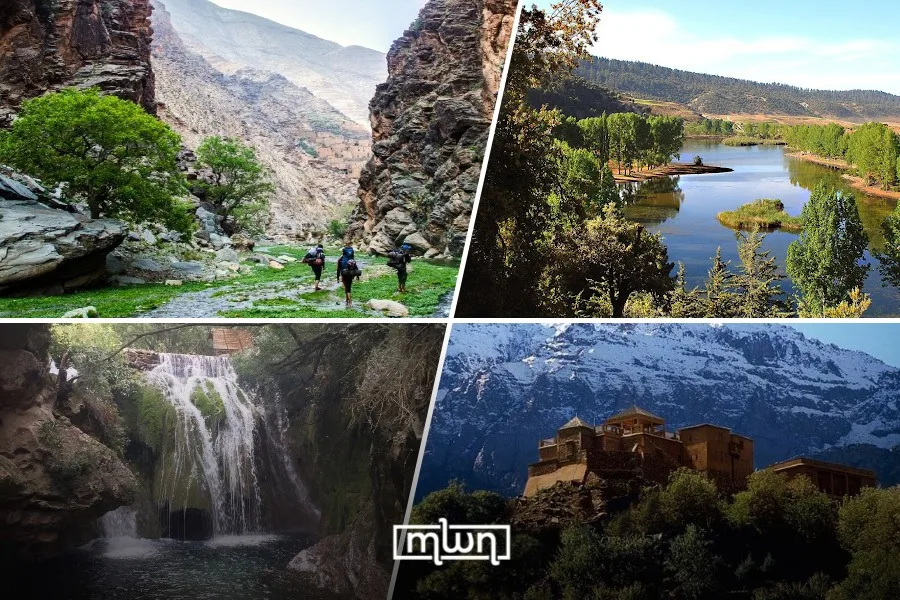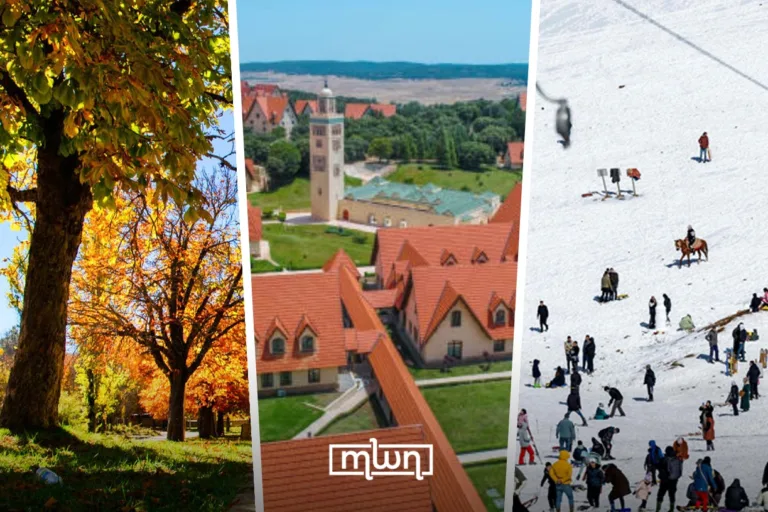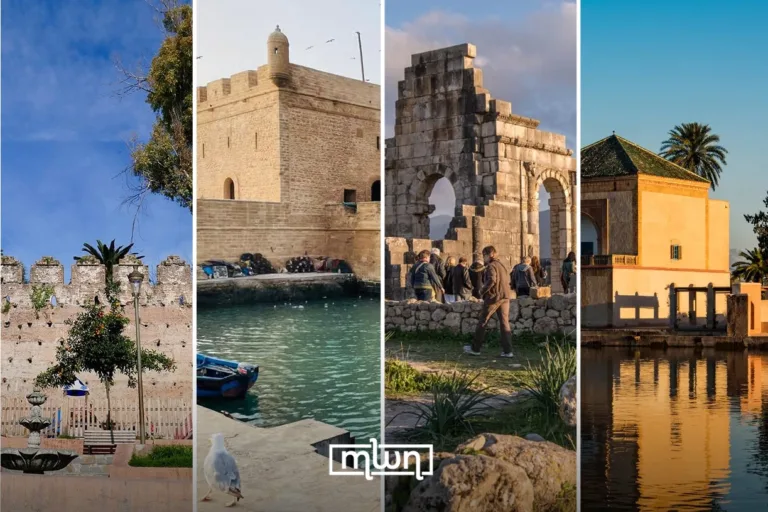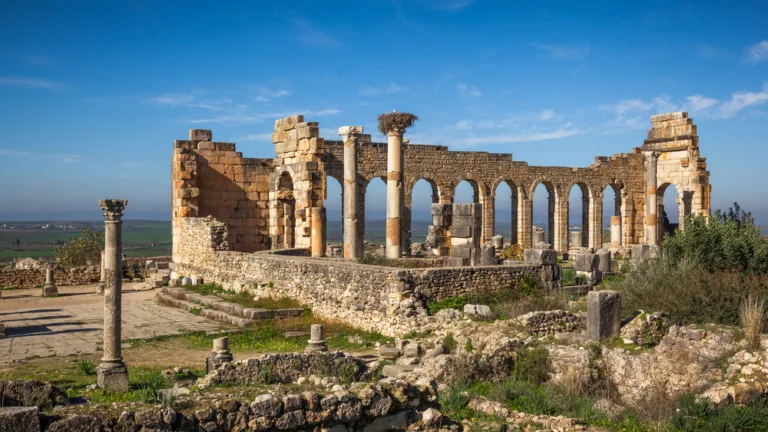Fez – From the High Atlas to the Mediterranean, Morocco’s parks offer shelter and homes for rare wildlife and diverse landscapes while offering accessible hiking, birding, and coastal escapes. The list below highlights eight parks that combine natural heritage with practical appeal for travelers across the country.
Toubkal National Park (High Atlas, near Marrakech)
Home to Jbel Toubkal at 4,167 meters, North Africa’s highest peak, Toubkal was Morocco’s first national park, established in 1942. The massif’s villages and well-trodden trails make it the country’s classic high-mountain trekking destination.
Ifrane National Park (Middle Atlas)
Ifrane safeguards some of the Atlas cedar’s finest stands and one of the last viable populations of the endangered Barbary macaque. The park’s official portal underscores the cedar–macaque link and the fragility of these Middle Atlas forests.
Talassemtane National Park (Rif Mountains, Chefchaouen)
Rugged ridgelines, fir forests, and river valleys around Akchour make Talassemtane a favorite for day hikes from Chefchaouen. The park forms part of UNESCO’s Intercontinental Biosphere Reserve of the Mediterranean that links Northern Morocco with Southern Spain.
Souss-Massa National Park (Atlantic coast, south of Agadir)
Between the Souss and Massa estuaries, this coastal mosaic shelters the world’s last truly wild breeding population of the northern bald ibis. BirdLife and park briefs describe colonies on sea cliffs and feeding grounds on nearby steppes — a conservation story that makes Souss-Massa unique in global birding.
Al Hoceima National Park (Mediterranean coast)
Combining land and sea, Al Hoceima’s towering limestone cliffs and coves protect one of Morocco’s most intact Mediterranean shorelines. IUCN and national listings note a 48,000-hectare footprint that includes a large marine zone rich in endemic species.
Khenifiss National Park (Naïla Lagoon, south Atlantic)
Centered on the country’s largest Atlantic lagoon, Khenifiss is a key waypoint for migratory birds and an anchor for eco-tourism in the far south. References describe a vast 1,850-square-kilometer complex of desert, dunes, and wetland between Tan-Tan and Tarfaya.
Iriqui National Park (Sahara fringe, between Tata and Zagora)
A landscape of acacia steppe, regs, and dunes surrounds the usually dry Lake Iriqui. In September 2024, rare storms refilled the lake, a phenomenon captured by NASA’s Earth Observatory and covered internationally, drawing attention to this remote park.
Tazekka National Park (near Taza, Middle Atlas)
Created in 1950 to protect cedar groves on Jbel Tazekka, the park later expanded to include cork-oak forests, canyons, caves, and seasonal waterfalls. Its proximity to Taza makes short, family-friendly excursions straightforward.
When to go and how to plan
Spring and autumn bring mild hiking weather in the Atlas and Rif, with winter snow possible at higher elevations around Toubkal and Tazekka. Coastal parks such as Souss-Massa, Khenifiss, and Al Hoceima are prime from late autumn through spring for migratory bird activity. Hire licensed local guides for multi-day treks, respect marked zones, and follow leave-no-trace practices to help protect fragile habitats. For current access notes and conservation rules, check the National Agency for Water and Forests and individual park pages before you travel.
Why it matters
Morocco’s parks are living classrooms for biodiversity and climate resilience. From cedar–macaque systems in Ifrane to the ibis colonies of Souss-Massa, these protected areas balance community livelihoods, science, and low-impact tourism, offering visitors memorable routes while safeguarding rare species and landscapes for the next generation.
















